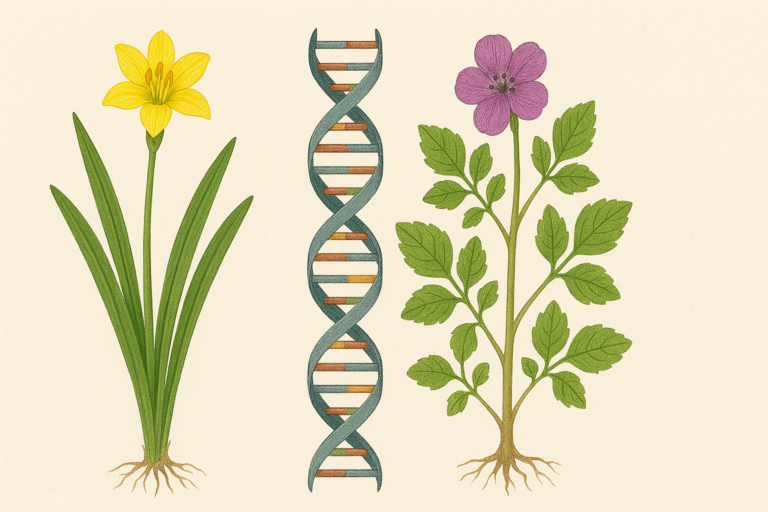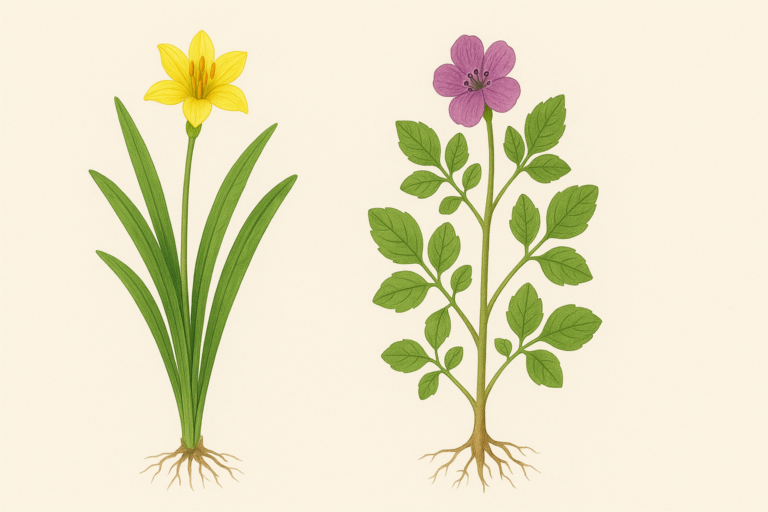
The Linnaean System
The science of taxonomy has a rich history that begins with Carl Linnaeus, who is widely regarded as the founder of modern taxonomy. In 1753, Linnaeus introduced the binomial nomenclature system, a two-part naming system for species, in his work Species Plantarum. This system, which identifies genus and species, is still used today and has been instrumental in how we classify and understand the natural world.
Phylogenetics and Cladistics
In the late 19th century, the rise of Darwin’s theory of evolution led to a shift in taxonomy from a purely hierarchical system to one that also considers evolutionary relationships, known as phylogenetic taxonomy. This approach uses characteristics inherited from common ancestors to group species together, forming a ‘tree of life’. Cladistics, a method developed in the mid-20th century, refines this approach by focusing on shared derived characteristics (synapomorphies), rather than shared general characteristics.
DNA Barcoding and Genomics
The advent of molecular biology in the 20th century ushered in a new era for taxonomy. DNA barcoding, which uses a short genetic marker in an organism’s DNA to identify it as belonging to a particular species, revolutionized species identification and classification. Genomic data has further refined our understanding of species relationships, allowing for detailed comparisons of genetic material across species.
Biodiversity Conservation
Taxonomy plays a crucial role in biodiversity conservation. Accurate species identification is vital for assessing a species’ conservation status, as defined by the IUCN Red List, and for implementing effective conservation strategies. Molecular techniques have proven particularly useful in identifying cryptic species, which are morphologically identical but genetically distinct, and thus may require separate conservation strategies.
Cultivation and Care
Practical experience recommend understanding the taxonomy of a plant species for its effective cultivation. This information can provide insights into a plant’s native habitat, growth habit, and potential pests or diseases, which are vital for its care.
The Future of Taxonomy
As technology advances, so too does our approach to taxonomy. Current trends suggest a future where genomics plays an even bigger role, and where artificial intelligence aids in species identification and classification. Despite these advancements, the foundational principles laid down by Linnaeus remain at the core of taxonomy, highlighting its enduring value.
References
This article has been prepared in accordance with the scientific standards and data typical of authoritative sources such as the following ones.



